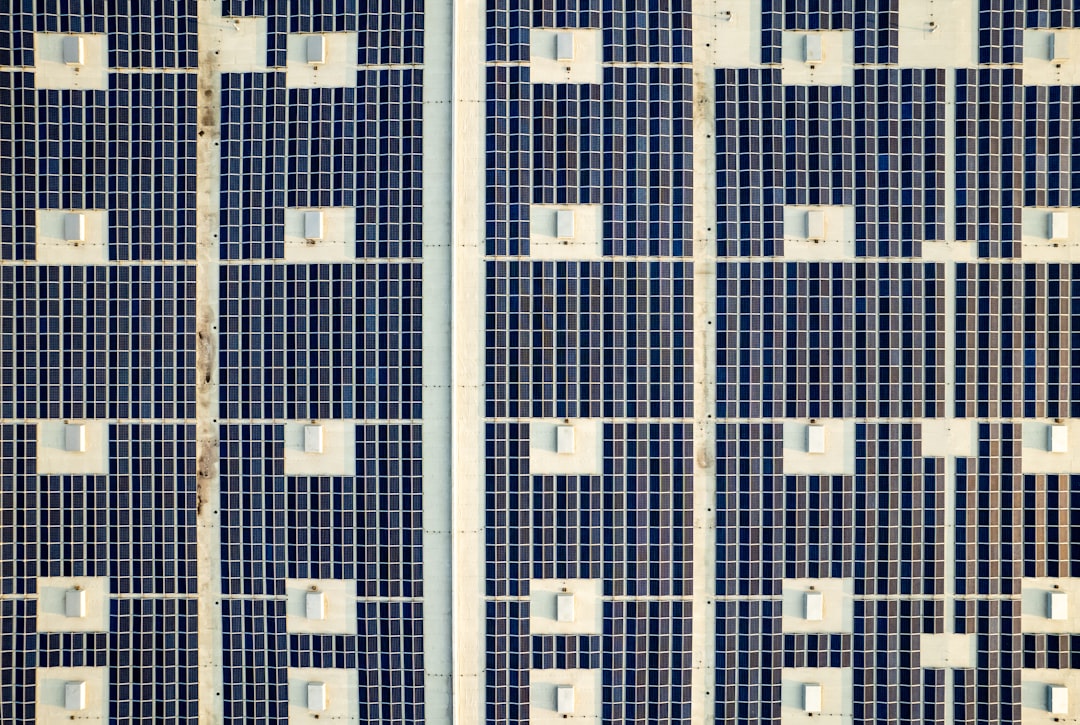Plastic Recycling for a Greener Future
Plastic pollution has become a major environmental issue in recent years, with millions of tons of plastic waste ending up in landfills or polluting our oceans. The production and disposal of plastic materials have a significant impact on the environment, contributing to climate change, deforestation, and wildlife destruction. However, one solution to this problem is plastic recycling, which can help reduce the amount of plastic waste that ends up in our environment and contribute to a greener future.
Plastic recycling is the process of collecting, sorting, cleaning, and processing plastic waste to create new products. By recycling plastic materials, we can reduce the demand for new plastic production, decrease energy consumption, and minimize the environmental impact of plastic waste. There are various methods of recycling plastic, including mechanical recycling, chemical recycling, and energy recovery. Each of these methods has its advantages and disadvantages, but all are aimed at reducing the amount of plastic waste that ends up in our environment.
One of the benefits of plastic recycling is the conservation of natural resources. By recycling plastic materials, we can reduce the need for new raw materials, such as petroleum, which is used to produce plastic. This can help to protect natural ecosystems and reduce the environmental impact of extracting and processing raw materials. Additionally, recycling plastic waste can help to conserve energy and reduce greenhouse gas emissions, as it requires less energy to produce recycled plastics compared to virgin plastics.
Furthermore, plastic recycling can help to create a circular economy, in which materials are reused and recycled to minimize waste and promote sustainability. By recycling plastic materials, we can create new products, such as shiplap cladding, which can be used in construction projects and other applications. Shiplap cladding is a type of exterior cladding that is commonly used in buildings to provide protection from the elements and enhance the aesthetics of the structure. By using recycled plastics to produce shiplap cladding, we can reduce the environmental impact of construction materials and promote sustainable building practices.
In conclusion, plastic recycling is a crucial step towards creating a greener future and reducing the environmental impact of plastic waste. By recycling plastic materials, we can conserve natural resources, reduce energy consumption, and promote sustainability. Additionally, recycling plastic waste can help to create new products, such as shiplap cladding, which can be used in construction projects to promote sustainable building practices. It is essential for individuals, businesses, and governments to work together to increase plastic recycling rates and protect our environment for future generations.
——————-
Article posted by:
Building Plastics Online Ltd
https://www.nuworldplastics.com/
Ipswich, United Kingdom












